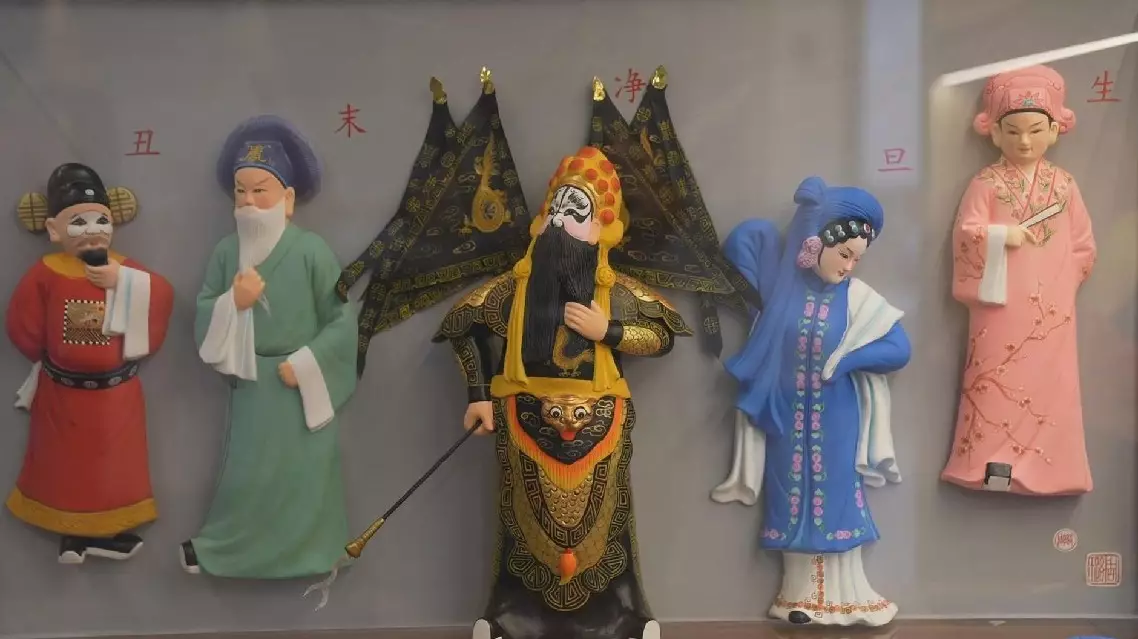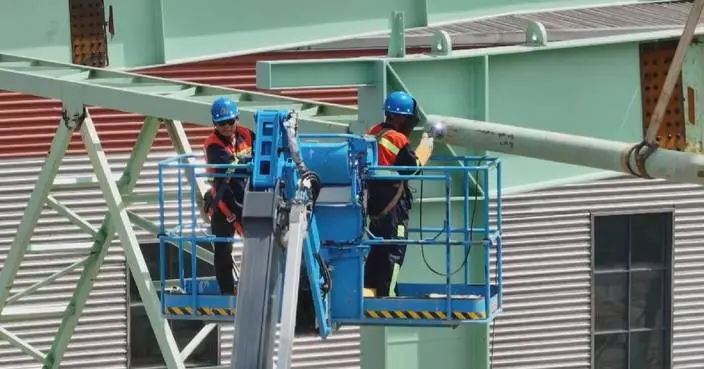As artisans in east China adeptly blend traditional craftsmanship with modern market demands, the region's Huishan clay figurines have undergone a modern revival with product lines and community engagement that appeal to young consumers.
With a history of more than 400 years, Huishan clay sculptures are traditional Chinese folk art that combines modeling and painting. The craft is predominantly practiced in Wuxi, a city in east China's Jiangsu Province.
The clay figurines feature concise and full shapes, smooth and lively lines, bright and eye-catching colors, and ingenious and meticulous designs. Zhou Lu, a crafter of Huishan clay figurines in Wuxi, recalled her initial impression of the art form in her youth.
"The moment I walked into the factory, I was deeply impressed by the clay figurines displayed on shelves. I didn't expect them to be so delicate. It was very appealing to me, so I decided to stay and work here," she said.
In the past, Huishan clay figurines were enshrined in the ancestral halls of local families. Over time, some began making these clay figurines as toys and selling them in street shops.
"There are 118 family shrines at the foot of Huishan Mountain. Every household places clay figurines on their tables in family shrines when they honor their ancestors," said Wang Jie, deputy manager of a Huishan clay figurine factory.
Clay sculptures, stemming from ancestral shrines, also later became a symbol of business vitality. However, inheritors of this traditional craft face challenges in modern society. Huishan clay figurines, like some other intangible cultural heritages, must adapt to dramatic shifts in market demand.
Zhou started her career in Wuxi in 1998 when there were over 300 clay figurine crafters. At its peak, there were nearly a thousand staff members, but in recent years, the number of artisans in this traditional craft has continued to decline.
"In 2019 and 2020, our work unit had just around 20 to 23 people. The number of crafters is getting smaller and smaller," she said.
Crafters and managers have begun adapting to cater to the current market, focusing on trendy aesthetics to appeal to young customers.
"Young people today may like cute 'blind boxes' and figurine toys, so our Huishan clay figurines should also be in line with the times," said Zhou.
Product lines have been expanded to include cultural and creative products themed around clay figurines, such as stationery, children's picture books, and everyday items, while also bringing traditional folk art-making to public spheres like coffee stores.
"We have some peripheral clay figurine products. Some of our cups, clothes, hats and even ice creams are clay figurine-themed. Each of our coffees has a name of a clay figure," said Zhao Luming, operating manager of the Nanimomo coffee store in Wuxi.
Through a willingness to transform their offerings, artisans have revitalized this traditional folk art for modern audiences, carving out a distinct niche in the market.

East China artisans navigate modern trends to revitalize traditional clay figurines









